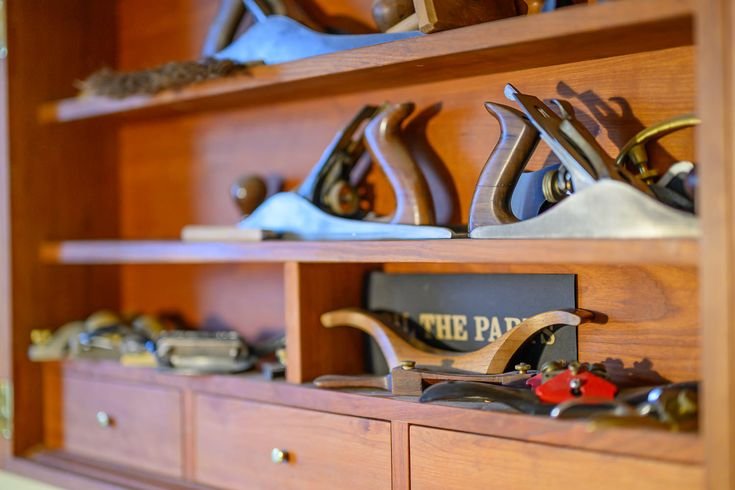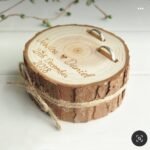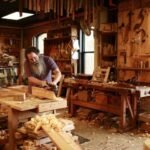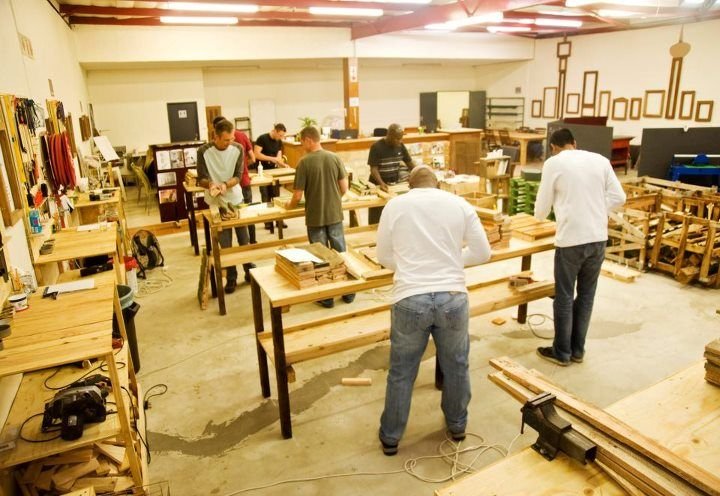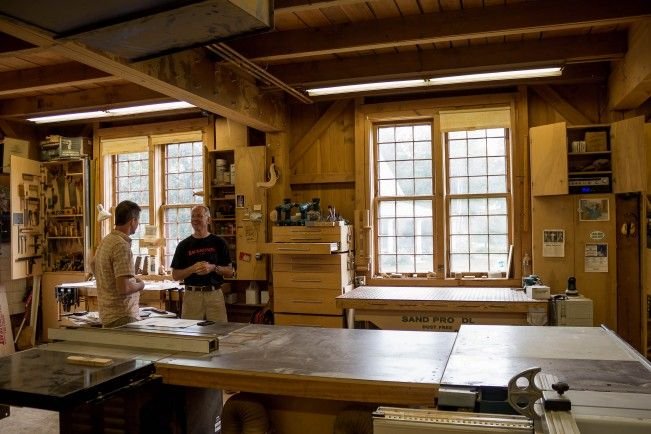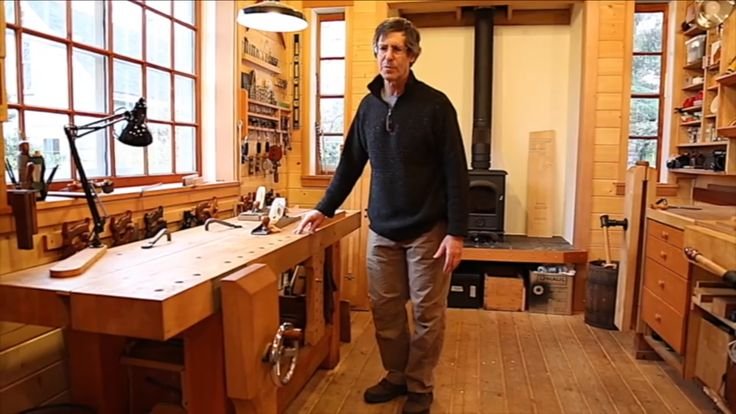A Journey into Japanese Woodworking: My Bookshelf Saga
So, the other day I found myself staring at this empty wall in my living room, sipping my coffee, and thinking, "Man, wouldn’t a beautiful bookshelf be perfect there?" You know how it goes—just a casual daydream morphing into this full-blown idea, swirling around in my head like the steam rising from my mug. I was pretty set on making something special, something that would add a little character to the space.
Now, I’d been dabbling in woodworking for a few years—nothing too crazy, just small projects like frames and a couple of tables. But, this? A bookshelf? That felt like a significant step. I wanted to incorporate some Japanese woodworking techniques, you know? There’s just something so elegant about their aesthetics. The clean lines, the joinery without nails—like a puzzle fitting perfectly together. It seemed ambitious, but what’s life without a little challenge, right?
The Planning Phase
I spent hours—no, days—browsing through YouTube videos, Pinterest pins, and some woodworking forums. My poor laptop was probably rolling its eyes at me. There’s something both peaceful and overwhelming in that process—like, every click led down a rabbit hole filled with beautiful wood shavings and the hum of saws. I settled on some beautiful cedar. Let me tell you, just smelling it felt like being transported to a serene forest, the faint scent of the earth still clinging to the wood.
I remember when I finally decided on the design—I wanted a minimalistic, open-shelved frame. Didn’t want anything too bulky or oppressive. I could almost see my stack of books—the ones that were begging for a home—sitting proudly on those shelves.
The Tools: A Miscalculation
So, here’s where the fun starts. I went out, excited as a puppy, and stocked up on tools. A good miter saw, some chisels, a hand plane, and my trusty orbital sander. But, here’s the kicker: I might’ve gotten just a tad too ahead of myself. I should’ve invested in a quality hand saw along with the power tools. My first cuts—I can’t even tell you how many times I measured, marked, and then miscalculated the angles. Did I mention I got pretty frustrated?
It was all quiet one evening in my garage, me and that blasted cedar wood. I was trying to make precision cuts, but my miter saw wasn’t cutting it (pun intended). I nearly lost my cool when I saw my first two boards weren’t even close to matching in length. I almost gave up right then, sinking into that familiar trap of self-doubt. Thoughts like, “Who do you think you are trying to build a bookshelf?” crept in. I mean, I can’t tell you how many times I stared into that cedar, wondering if it was wise to stick to just framing pictures and assembling IKEA furniture instead.
A Lightbulb Moment
But then, in a moment of honesty with myself, I remembered a lesson a wise friend once shared: "Don’t be afraid to get it wrong; that’s how you learn." So, I took a step back, took a deep breath, and decided to reassess. I started sketching out my design more meticulously on paper, counting angles and lengths twice. I readjusted my strategy, went back to the garage, and tackled those cuts again, this time with a hand saw that felt less like a machine and more like an extension of my own arm.
Now, the charm of hand tools! You could hear the satisfying “thunk” as the blade bit into the wood, the satisfying sound of progress that drowned out my earlier frustration. Slowly but surely, those troublesome boards started to cooperate.
Putting It All Together
Once I managed to piece the frame, it felt like a small victory. Honestly, I even laughed a little when it all came together. Fitting those joints—classic Japanese joinery—just felt magical. The way they snugly pressed together without a single nail? Just like adding the final twist to a good story, everything aligned perfectly.
I took a step back, sweat on my brow, and admired my work. Like, wow—this wasn’t just a hobby anymore, this was something meaningful. I could imagine my friends and family asking, “Wow, where’d you get that?” I’d smile and say, “Oh, I made it.”
Of course, I had my share of mishaps even after the assembly. You laugh about how stained my best shirt got from the wood glue, but that’s just part of it. And don’t even get me started on the sanding! They say the finish can make or break a project, and boy, was I learning that the hard way. That dust—it just never seemed to settle! But the smell of that wood—oh, no amount of dust could ruin the satisfaction after applying that final coat of oil.
The Final Touch
Day turned into night, and finally, after a few weeks of trial and error, I stood before my finished bookshelf. It became a real part of my home, holding not just books but memories—like that dog-eared poetry collection I couldn’t live without or the fantasy novels that took me on journeys around the world.
As I sat down in front of it, nursing my now cold coffee, I thought about the journey I had taken to get here. I had sweated, cursed, and almost thrown in the towel more than a few times, but there it stood—my labor of love, a bookshelf that spoke of patience and growth.
A Warm Takeaway
So, if you’re sitting there, holding onto a dream, a project, or maybe just a vague idea, just go for it. Dive into the mess. You’ll probably screw up, but you’ll learn more than you think. The joy isn’t just in the final piece but in every little curveball that life throws at you along the way. If I could do it, you can, too—trust me!

